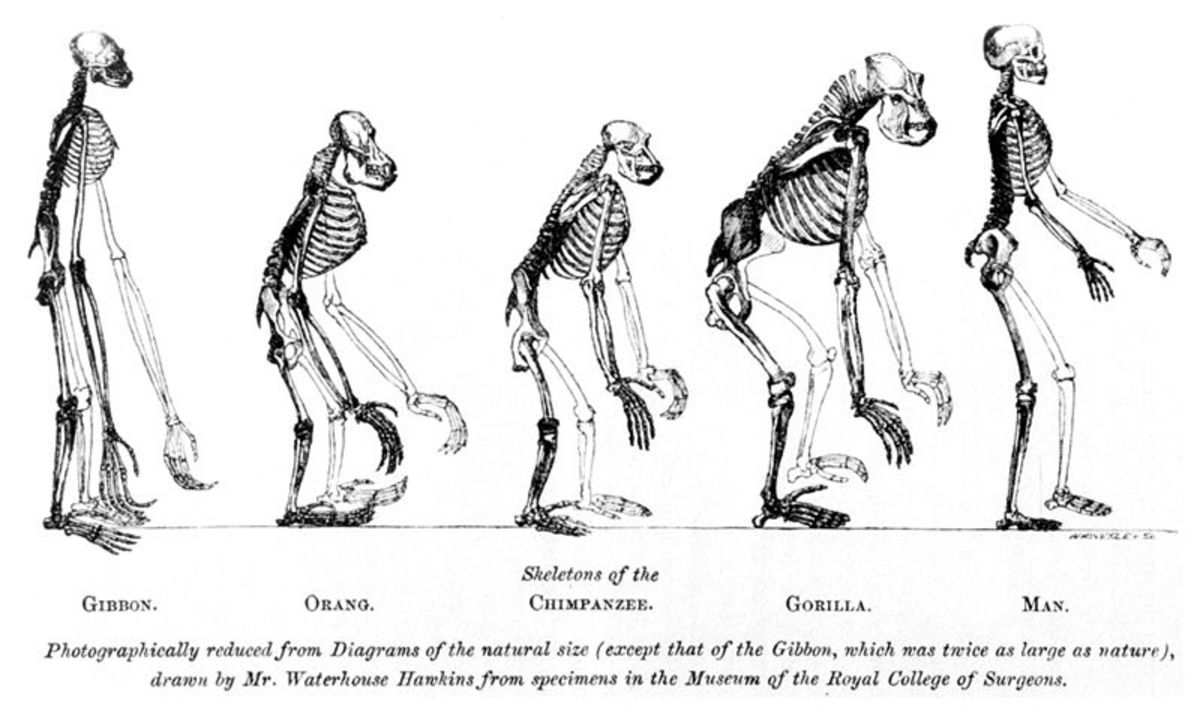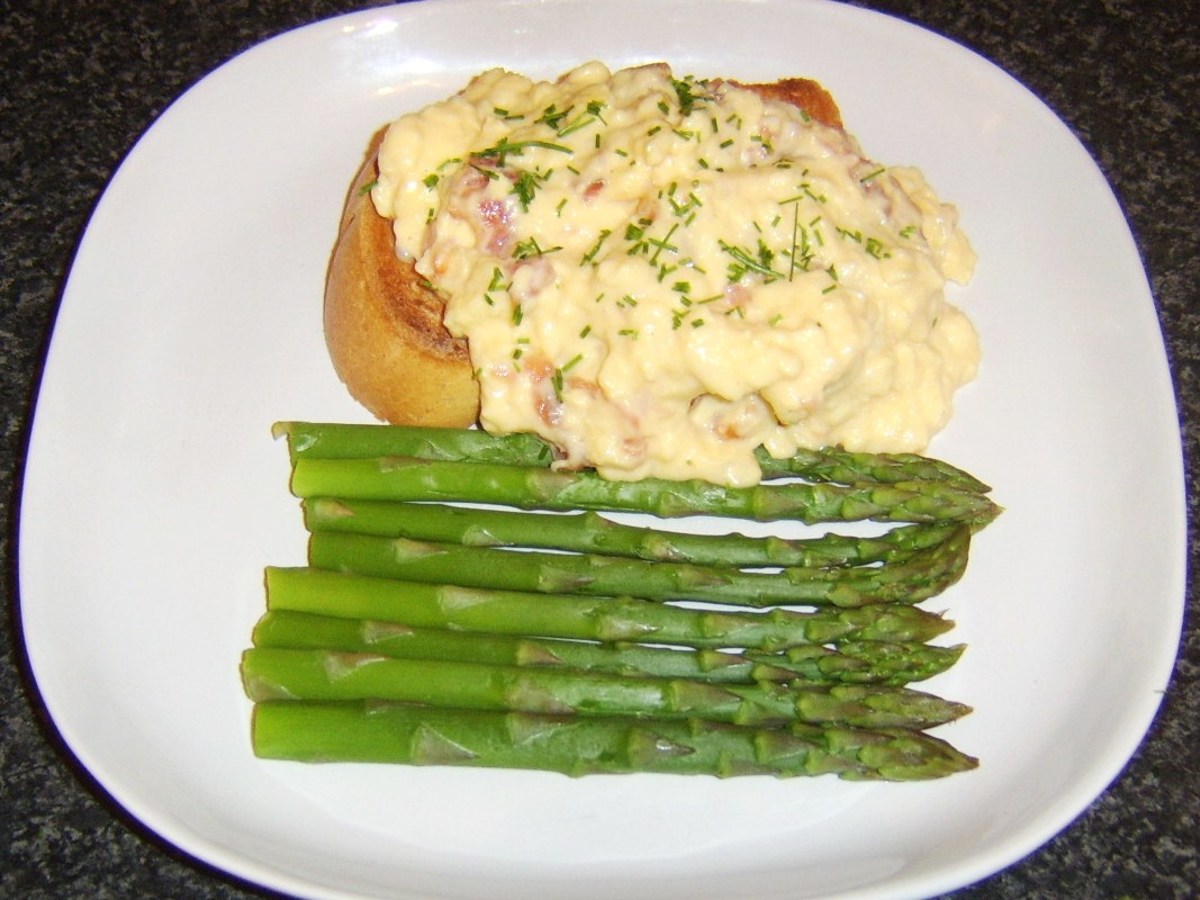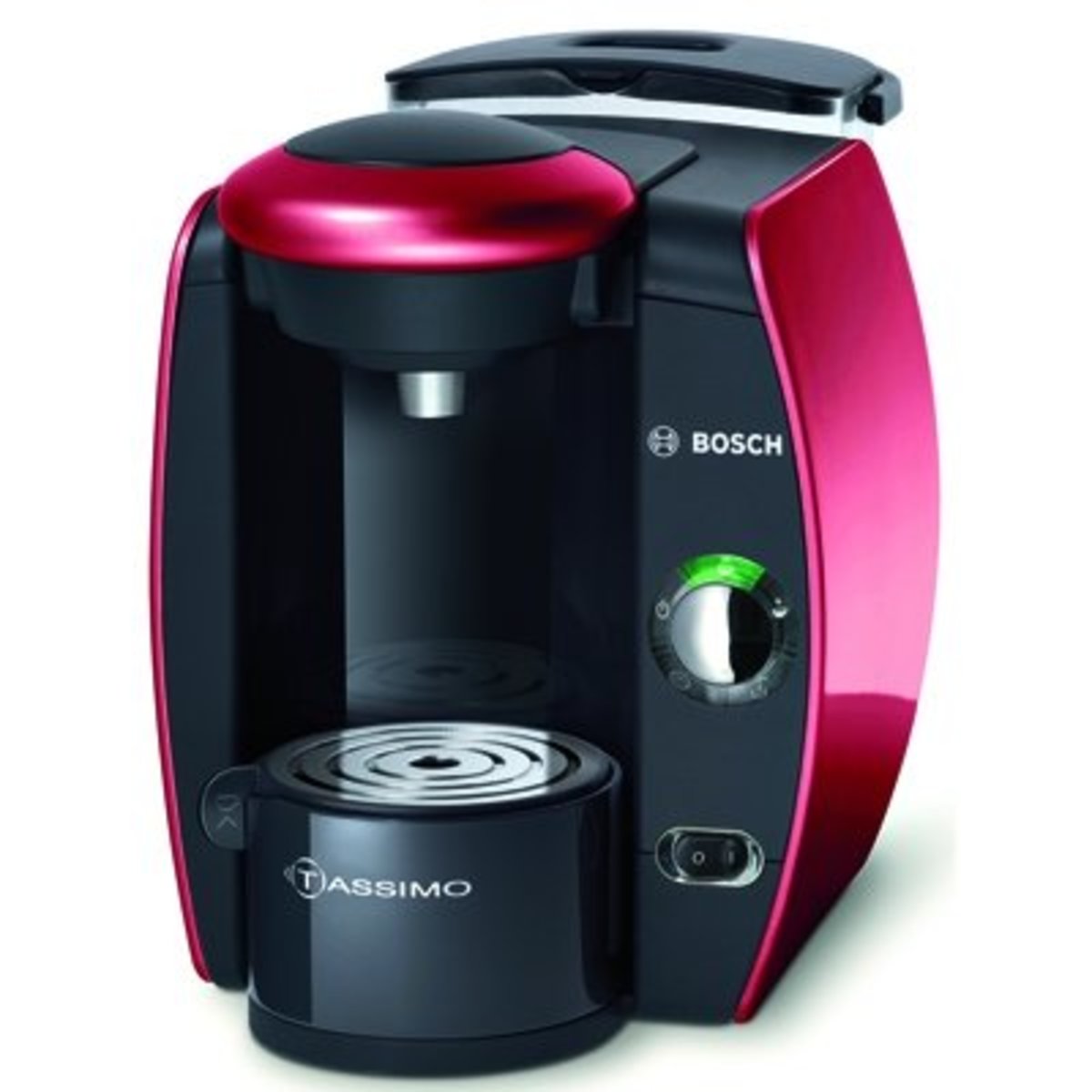- HubPages»
- Home and Garden»
- Kitchen»
- Kitchen Electronics
Delicious Eggs Benedict And Their Debatable Origin

A brunch favorite for decades, Eggs Benedict has been enjoyed by diners for decades and the origin of this dish is a source of debate among culinary historians. On a similar note, almost everyone knows placing meat between two slices of bread was named after the 4th Earl of Sandwich, Sir John Montagu.
History and trivia buffs will also recall Sir Montagu had quite the gambling addiction and it was during an extended game, the Earl didn't want to leave the table when he got hungry. So he asked the cook to bring him some food he could eat without having to rise, depart from the game and miss out on being dealt the next hand of cards.

You've Got To Know When To Hold 'Em
It's been over forty years since Kenny Rogers released The Gambler, where the lyrics reminded players they "got to know when to hold 'em" and Montagu inadvertently became associated with a meal you could eat with your hands. Technically the chef should have been the one credited with the creation of the sandwich, but instead, the popularity of meat between two slices of bread went to British royalty.
While the sandwich began to take off in England in 1762, if this were to happen today, you can almost hear a diner saying, "I'll have what that Sandwich guy ordered." Speaking of current times, around 300 million Americans eat a sandwich every day in the United States alone.
Namesake Num-Nums
On to the title character on the menu, Eggs Benedict was also named after a diner who enjoyed the ingredients as combined in this delicious dish. But exactly which person with the surname of Benedict should be rightfully credited in association with its creation is a source of debate among culinary historians.
Basically, it comes down to either a man or a woman dining during the nineteenth century at different restaurants:
- Mrs. LeGrand Benedict at Delmonico's in Brooklyn, or
- Mr. Lemuel Benedict at the Waldorf Astoria Hotel also in New York

Sir Or Madam? Ladies First
It was an eatery named Delmonico's whose founding brothers were the first to use the term "restaurant" in association with a dining venue established in 1837 in Brooklyn's financial district. It was a favored among many of New York's upper-crust during this time including a Mr. and Mrs. Le Grand Benedict.
As regulars at Delmonico's, it was Mrs. Benedict who began to tire of the regular menu items and suggested a new dish to the brothers and their Chef Charles Ranhofer delivered. Her idea for a new breakfast creation was published in a cookbook entitled "The Epicurean" in 1894 whose preparation of "Eggs à la Benedick" is described in this way:
"Cut some muffins in halves crosswise, toast them without allowing to brown, then place a round of cooked ham an eighth of an inch thick and of the same diameter as the muffins on each half. Heat in a moderate oven and put a poached egg on each toast. Cover the whole with Hollandaise sauce."
Sounds exactly like traditional Eggs Benedict to me, but what about this next entry?

A More Manly Version
Meanwhile, the staff over at the historic Waldorf-Astoria Hotel beg to differ about the first-ever presentation and creation of Eggs Benedict. During the same year, Chef Ranhofer of Delmonico's published his Epicurean cookbook, there was another tale of a "young blade named Lemuel Benedict" coming from the "other side of the tracks" who ordered almost the exact same dish from the hotel's kitchen staff.
Following a long night of drinking and still in a drunken stupor, Mr. Benedict placed an order for an off-menu food item from the hotel's cooking staff. Although he was really inebriated, the Waldorf Astoria Chefs were surprised by his well-thought-out and potentially delicious request when he asked for:
"Some buttered toast, crisp bacon, two poached eggs, and a hooker of Hollandaise sauce."
This unique combination of ingredients caught the attention of maître d Oscar Tschirky, aka Oscar of the Waldorf, who put it on the menu, substituting ham for bacon and an English muffin for the toast. By the way, Oscar is also credited with inventing the Waldorf salad and popularizing Thousand Island dressing.
Victorious Variations
So over the course of the next hundred years or so, today's Chefs have been expanding on this classic combination. They're adding some of their signature twists in this delicious classic like a Florentine flavor which adds a bit of spinach into the mixture.
There are other variations including lobster, crab, asparagus, avocado, tomatoes, even barbecued brisket or pastrami to consider. So the next time you're getting hunger pangs at breakfast, brunch, lunch or any time of day, branch out on your culinary adventures and try a new twist on this timeless classic.








